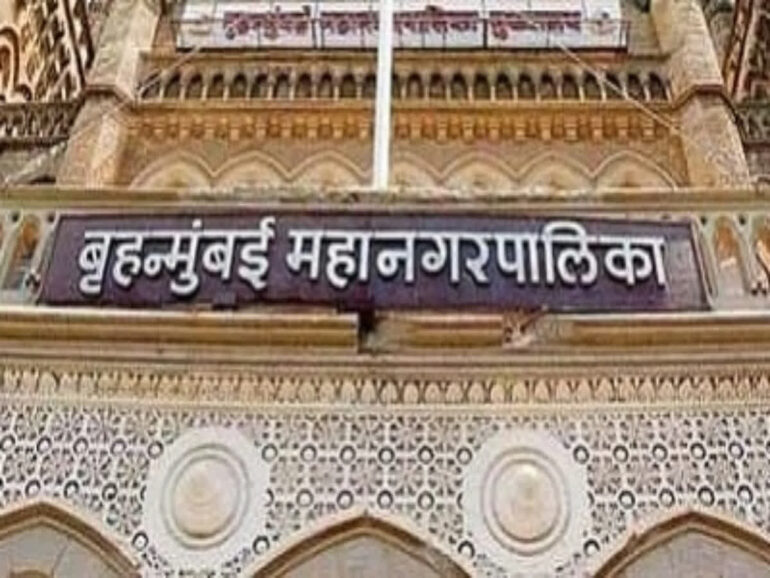The Brihanmumbai Municipal Corporation (BMC) has introduced its inaugural climate budget for 2024-25.
The climate budget which represents 32.18% of the total capital expenditure, has been integrated into BMC’s existing fiscal framework. The aim is to prioritize environmental sustainability across various civic departments.
Budgetary allotment:
The BMC is committed to developing diverse, environment-friendly infrastructure in line with the Paris Agreement on climate change.
• Rs 2,163.8 crore towards activities that integrate components of the Mumbai Climate Action Plan (MCAP), such as LED lights, plantations, rooftop solar, and sewage treatment plants in new constructions. This makes up 6.81% of the capital expenditure budget
• Highest allocation—Rs 9,707.97 crores accounting for 32.18% toward the urban flooding and water resource management
• Rs 262.16 crores for sustainable waste management
• Rs. 177.84 crores for urban greening and biodiversity
• Rs 35.38 crores for air quality management
Additional municipal commissioner Ashwini Joshi who released the report said, “… the BMC is acutely aware of this duty. In line with the Paris Agreement on climate change, it is essential to develop diverse, environment-friendly infrastructure. The stormwater drainage, sewerage projects and operations, the Mumbai sewage disposal project, water supply projects, and the solid waste management departments are directly and indirectly linked to the environment. The primary objective of this budget report is to advocate and prioritize projects that are eco-friendly and are being undertaken by these departments.”
The C40 impact:
The city is part of the global C40 Program for climate budgeting, which focuses on fighting the climate crisis and driving urban action to reduce greenhouse gas emissions and climate risks.
The BMC prepared this climate budget report as part of the C40 Cities’ climate budget pilot program, which began in September 2021.
Mumbai’s climate budgeting process is led by BMC’s Environment Department and supported by WRI India and C40 Cities.

